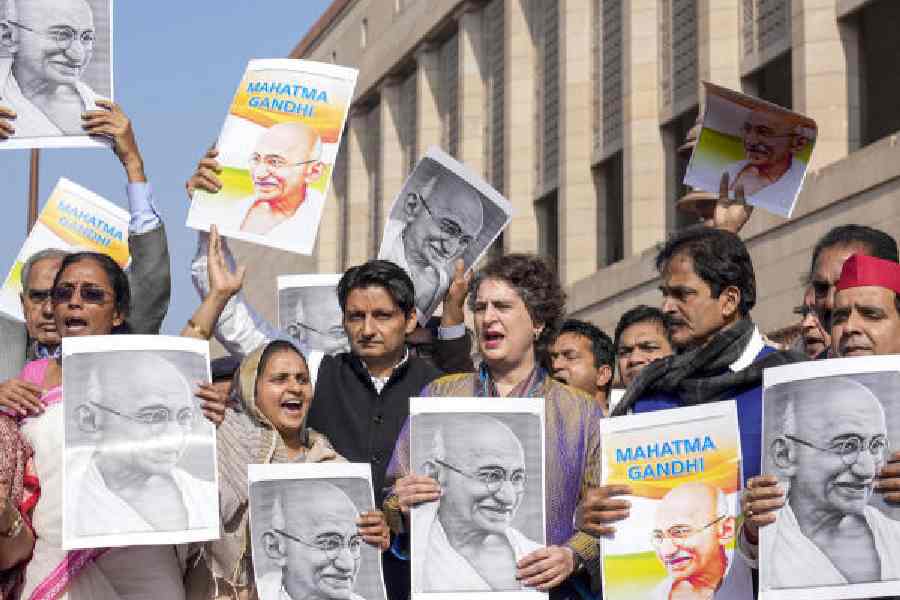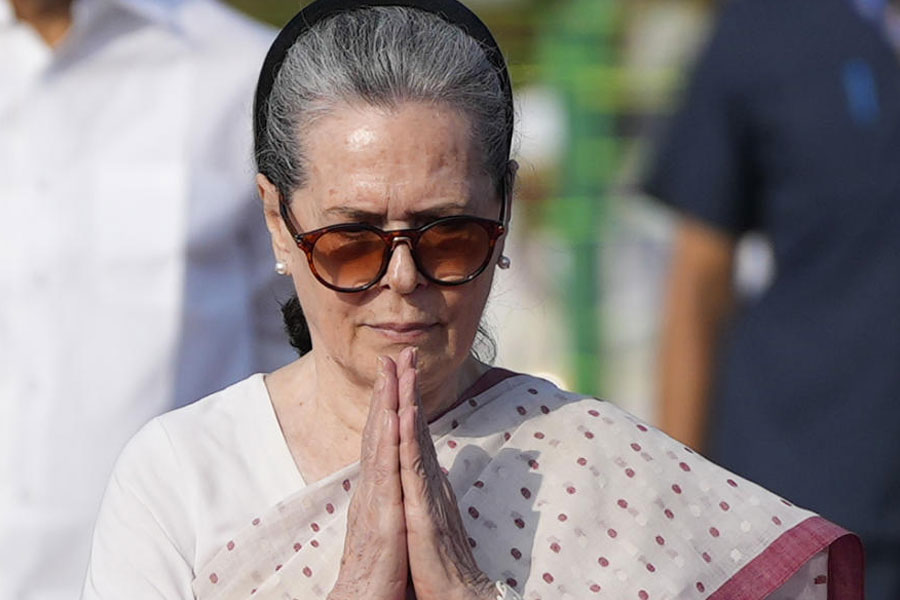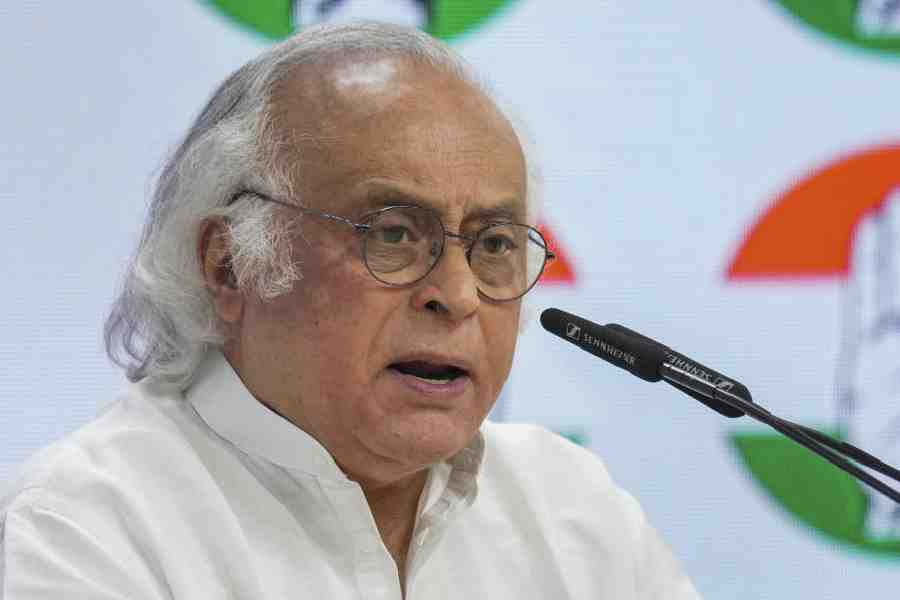In a recent engagement, the former chief justice of India, D.Y. Chandrachud, revealed that during his tenure, India’s highest court had received 21,000 new applications for bail. The apex court disposed of 21,358 cases within the said time period. This is a remarkable bit of statistics. In a democracy, bail, as the saying goes, should ideally be the rule, and jail the exception. The Supreme Court has been one of the most prominent advocates of personal liberties. It is on record expressing its concern with the tendency, chiefly observed among lower courts, of denying bail even for minor offences. Data bear out India’s bail crisis. According to DAKSH, a think tank that scrutinises the aspects of law and judicial reforms, there had been a marked rise in the number of bail applications in India’s high courts after 2020: appeals for bail went up from an estimated 3.2 lakh-3.5 lakh each year before 2020 to 4 lakh-4.3 lakh thereafter. What is at play in the granting of bail, thus, merits examination.
Research conducted by the authors of a book, Tareekh Pe Justice, focusing on the issue of reforms in district courts has revealed an interesting probability. There is apparently a broad consensus that the rising mound of bail applications in the Supreme Court can be attributed to the district judiciary’s cautionary — conservative — approach to bail. This inference seems to justify the Supreme Court’s concern about the prospects of bail applications in lower courts. Two theories are cited by legal luminaries to explain the hawkish attitude of the district judiciary to bail. First, there is a paucity of the understanding of relevant law among lower court functionaries. If this, indeed, is the case, there is an express need for district court judges to reorient themselves on the subject. A refresher course in judicial academies may be the solution. A second plausible theory reasons that there is a general hesitancy — fear — in the district judiciary to offer bail because, the researchers suggest, the granting of bail, judges in the district courts seem to think, tends to make them vulnerable to disciplinary proceedings instituted by the high courts. The high courts are in charge of administering the conduct of district judges and have disciplinary powers vested in them. This conclusion of the researchers — of bail applications in lower courts being adversely affected on account of the apprehension among relevant judges of disciplinary proceedings being instituted against them — must be confirmed by reliable data. If statistics confirm the analysis, India’s judiciary must act to provide a remedy. Judicial constrictions on bail, if any, are an anomaly in a democracy.










